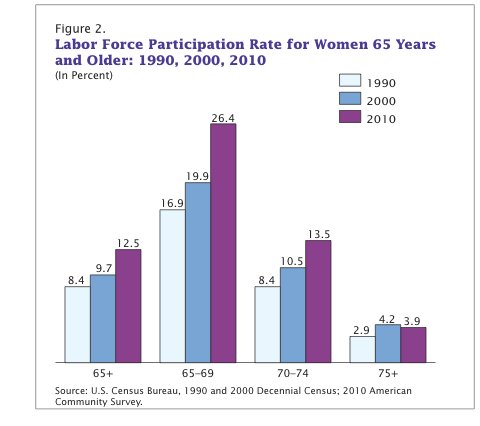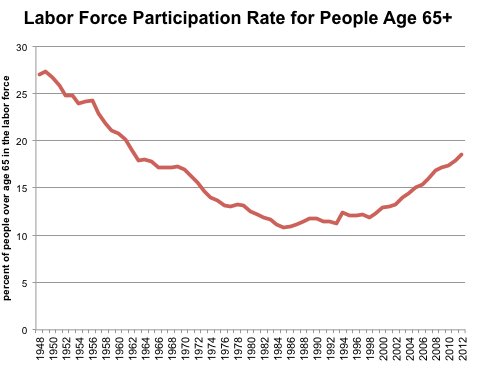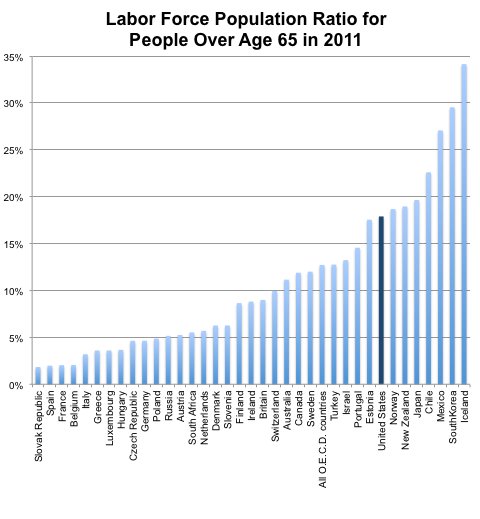 Courtesy Social Security Administration
Courtesy Social Security Administration
The Social Security Administration is now offering a version of its Web site that is designed specifically for smartphones.
But wait. Most of those who are interested in Social Security are older Americans who may not be technology-savvy smartphone users, right?
Not necessarily, the agency says. About 35 million page views of Social Security Web pages each year, out of roughly 540 million total, come via smartphones — just over 6 percent.
The agency cannot determine whether those visitors to its Web site — either the previous version or the new mobile version — are receiving benefits or not, an agency spokesman, Mark Hinkle, said in an e-mail. But visitors probably include younger recipients receiving disability or survivor benefits, as well as older people nearing retirement age, he said.
Working Americans can go online, using a “mySocialSecurity” account, to check the accuracy of their earnings information, on which future benefits are based. (Bucks has written previously about these accounts).
Now, smartphone users can gain access to much of the information available on the main Web site via the new mobile site, which makes it easier to view the information. Anyone using a smartphone to go to socialsecurity.gov will be automatically directed to the mobile site.
“With significant budget cuts of nearly a billion dollars each year over the last few years, we must continue to leverage technology and find more innovative ways to meet the evolving needs of the American public without compromising service,” said Carolyn W. Colvin, acting commissioner of Social Security, in a prepared statement about the mobile site.
Mr. Hinkle said the agency aimed to include content that would most likely be of value to mobile users, and tested the mobile site with agency employees, advocates and members of the public.
I took a quick look at the site Monday morning on my iPhone (the site also works for Android, Blackberry and Windows devices).
The mobile site does allow access to an account to check benefits, or creates an account if you do not have one already. But that function does not seem to be fully optimized, saying that it is “best viewed on a desktop.” I logged onto my account anyway, and was able to see my estimated monthly retirement benefit and my last reported earnings information. The type can be made bigger so it is easier to see, but that requires scrolling around a bit more to see all the information on the page.
There is information about obtaining a replacement Social Security card, frequently asked questions and a tool for locating Social Security offices.
There is also a feature that prospective parents can have fun with: a list of the top baby names, compiled annually by the agency. (No. 1 for boys in 2012 was Jacob; for girls, Sophia, as a colleague on the Economix blog has noted.)
Take a look at the mobile site and let us know what you think in the comments section. Is it helpful?
Article source: http://bucks.blogs.nytimes.com/2013/05/13/a-social-security-site-for-smartphone-users/?partner=rss&emc=rss





